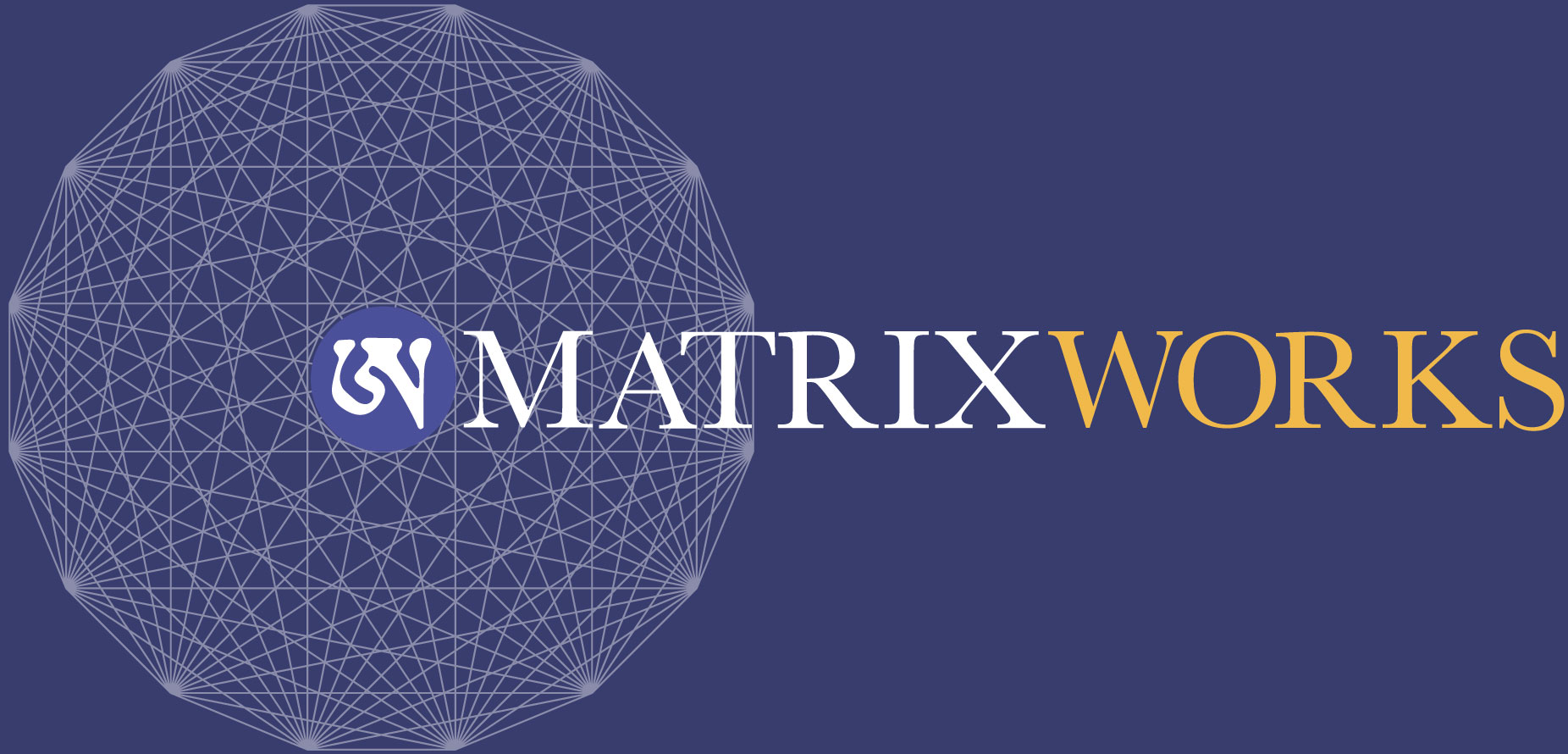Simply put, Tracking is Paying Attention to verbal and non- verbal aspects of communication.
In the group, we hold the intention to be receptive and responsive to what each person is experiencing in the moment. This requires a capacity to let information come to you rather than you go out to get it. At first, we may only have hunches, guesses about what is happening inside another. However, with practice, we start to perceive more directly and learn how to check this out with the other. The information we receive is often telling us in large or small ways that the individual(s) feel seen, heard, received, safe or not; and how this matches or challenges their internal beliefs about themselves, other people, groups and the world. It is as if the ‘mind of the body’ speaks a special language we can learn if we attend to the non-verbal aspects of communication. Notice what you can notice about the following:
Tracking Body
How is the body held: stiffly, loosely, openly? Does it reflect Earth, or Water or Air or Fire? How does it relate to gravity, to space? Does it seem to draw you in or hold you out? What is the energy field around the body? Is it animated or subdued? Do the eyes shine or do they hide? Does the smile warm your heart? Does the smile seem to mask a pain? If this body could speak, what do you imagine it would say? What is the overall level of Tension/Relaxation?
Posture: Is the posture relaxed or rigid; comfortable and flowing or held and protective? If the Posture were expressing a need, what do you imagine the need would be: for contact? For space? For attention? For appreciation? Do any particular hand or face gestures seem to fit with the posture, or, feel incongruent with the posture?
Pace: How fast or slowly do the individuals in the group speak, think, move or interact? Do some have their ‘foot on the brake’ while others are pressing the accelerator? How patient are the Speedies with those more Slow? How pushed do the Slow ones feel by the speed of faster pace participants?
Feelings and Needs: How freely are feelings and needs expressed? Which ones seem hard to acknowledge? What do you sense are hidden ‘longings’ in the group members? Who seems to need attention from whom? Where are the natural affinities and allies in the group? Who seems cautious of/ afraid of whom? Is there a sense that nourishment is available for everyone in the Group?
Energy: What is the level of aliveness in participants? Do some seem over-stimulated? Under-stimulated? Is there a quality of play, humor, and delight? Or, is the energetic quality more serious, measured and careful? What metaphor arises for you as you experience the energy of this group? What calls your attention by its lack of presence in the group?
Health and Hidden Potential: What is the great health of each member of the Group? The Group as a Whole? What is their ‘hidden potential’? What is just beneath the surface, waiting for an invitation to emerge as a glorious gift? What is the experience that wants to happen in this moment? How do we, as facilitators, support the Relational Intelligence of this particular group to ‘make magic’ thru human connection that calls forth the hidden potential?
This is a preview excerpt from Mukara’s upcoming book, MatrixWorks: A Life Affirming Guide to Facilitation Mastery.

